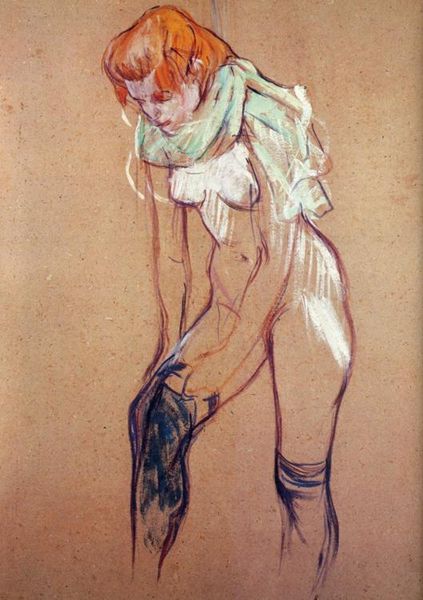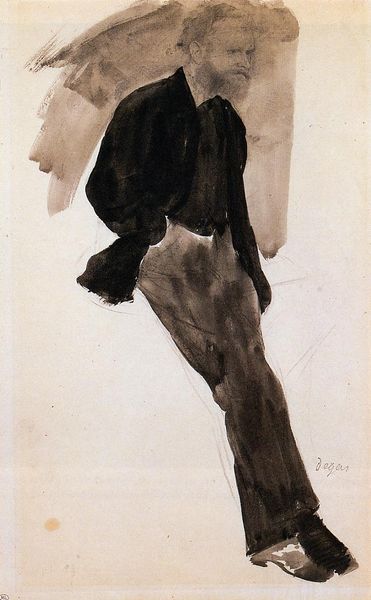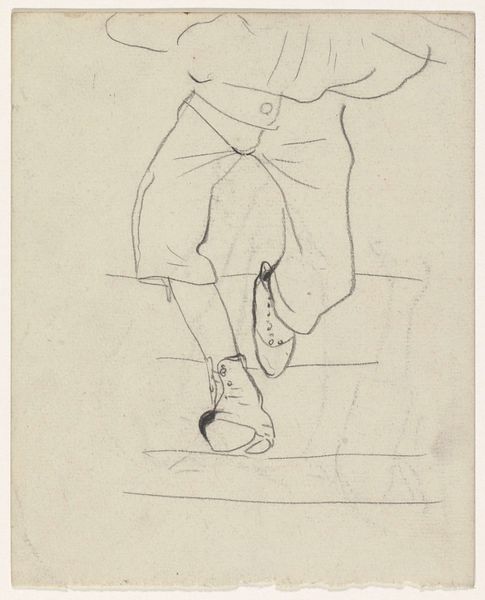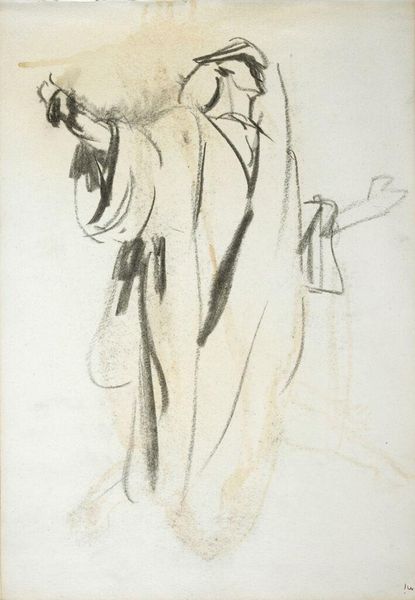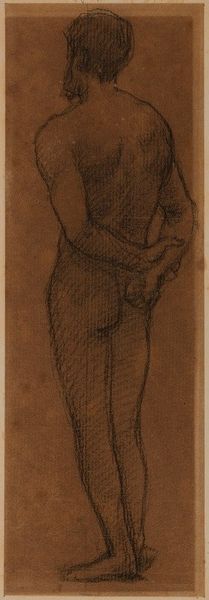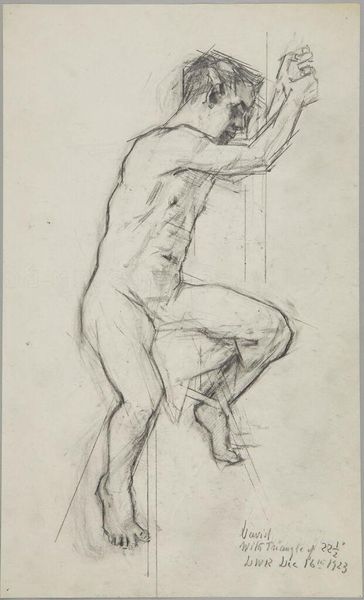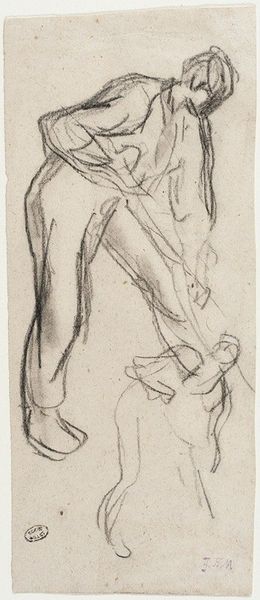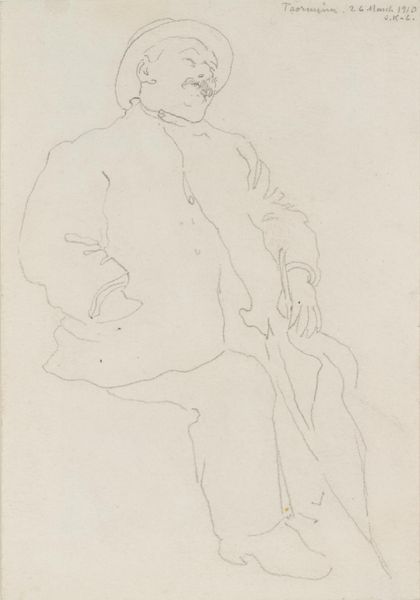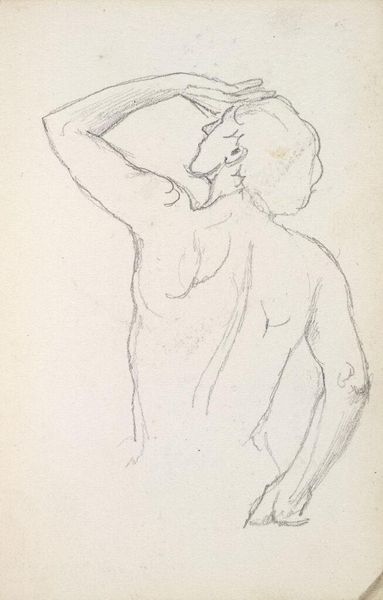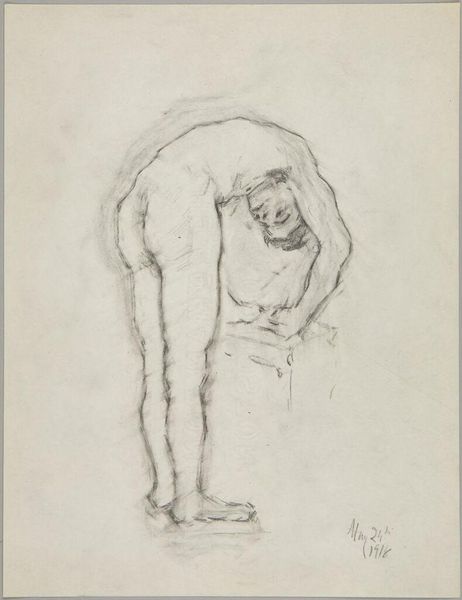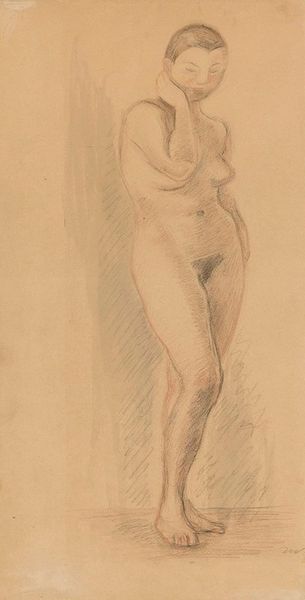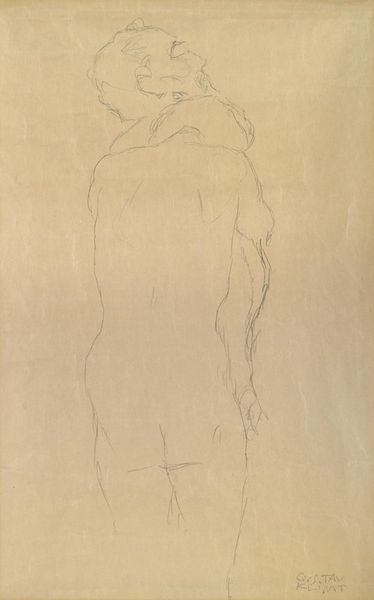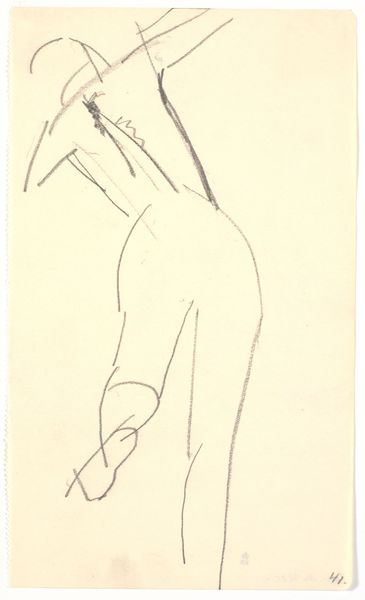
drawing, pencil
#
portrait
#
drawing
#
pencil drawing
#
pencil
#
realism
Copyright: Public domain
Editor: So, this is Boris Kustodiev's "Portrait of K.B. Kustodiev," created in 1917. It's a pencil drawing, and there’s something so simple and intimate about the sketchiness of the medium that I find really appealing. What are your thoughts on it? Curator: Well, for me, the beauty lies in its materiality and the conditions of its production. The choice of pencil in 1917, during a period of immense social upheaval in Russia, is telling. Pencil was readily available, cheap. What does this suggest to you about access to artistic tools? Editor: That they may have been limited for some. Curator: Exactly. It suggests an intimacy dictated not by artistic choice alone, but also by material constraint. The work speaks volumes about the daily life during the revolution – of limited resources and adaptation. We could ask, too, about the labor of making such a piece at this time. What kind of economic realities framed its production and potential audience? Editor: So you’re seeing the pencil itself as a reflection of the political climate? That’s interesting; I was more focused on it being just a quick sketch. Curator: And it might be a quick sketch! But isn't the beauty of art history sometimes to consider how things are made and consumed? It prompts a different line of questions beyond simple aesthetic judgment, no? It demands we see it in dialogue with economic circumstances. Editor: That does add another dimension. I guess I was seeing the portrait more traditionally, just as a likeness. Now I’m also thinking about how the simple tools used might also communicate larger ideas. Thank you. Curator: And thank you, your close reading of its likeness helps highlight these very constraints I describe. Art offers a material witness to a particular time and place, so paying attention to the material tells an even bigger story, perhaps.
Comments
No comments
Be the first to comment and join the conversation on the ultimate creative platform.
